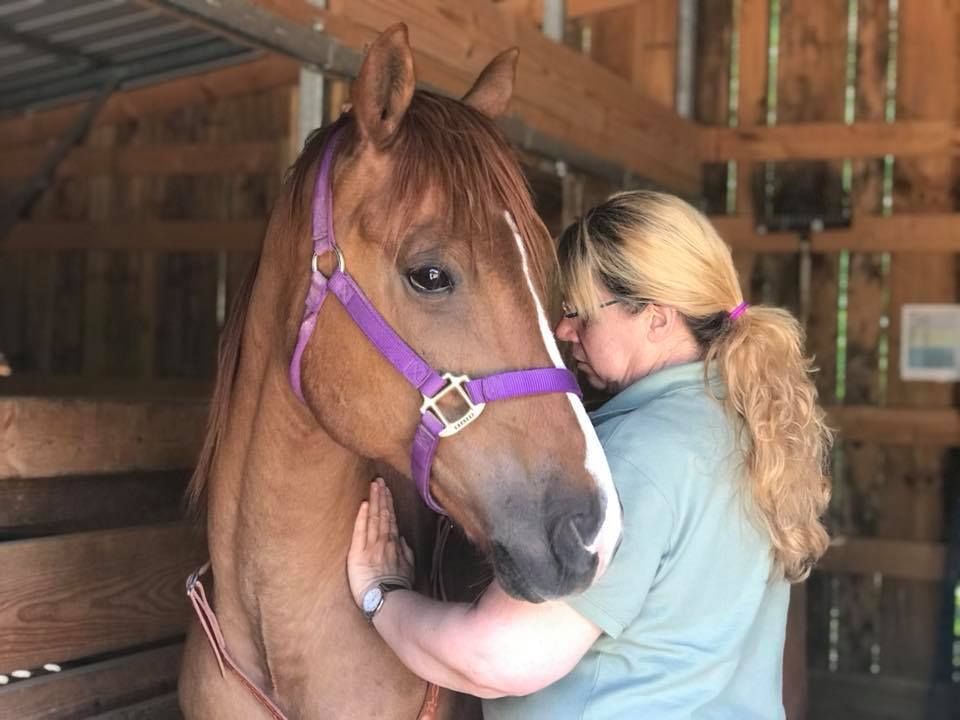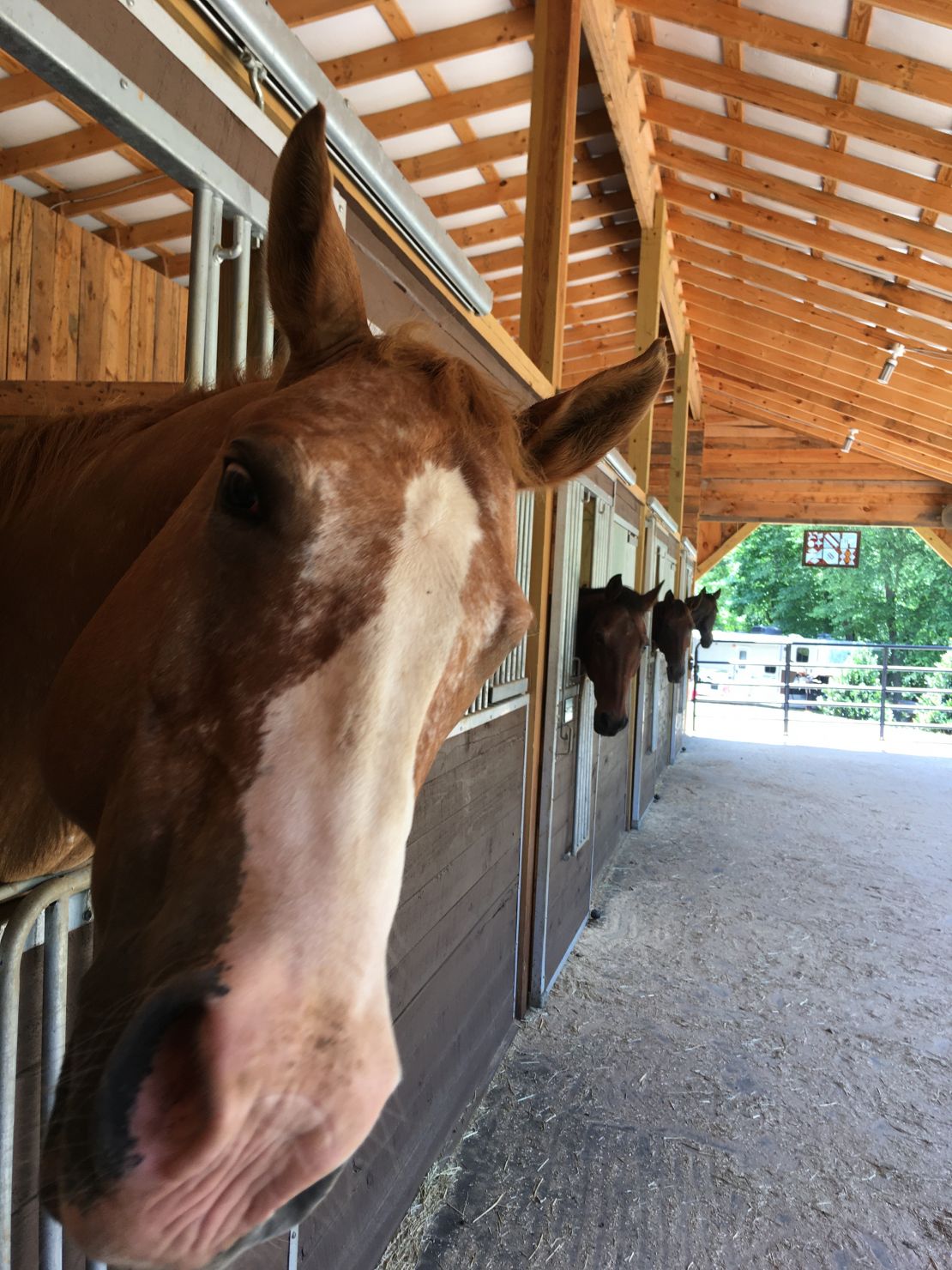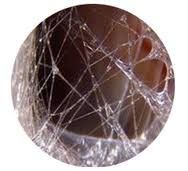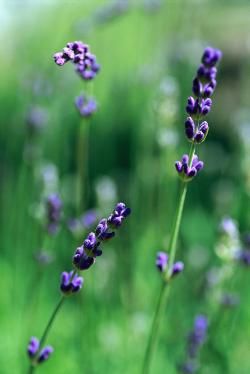Services & Rates
Rates
Unlike other therapists, my prices reflect my time, not what I do.
I put the same effort into a gentle Craniosacral Therapy or Debono Moves session as I do to release deep tissue restrictions with the more intense techniques.
I accept cash, checks, Venmo, Zelle. (Credit or debit cards may include $4 service fee.)
Equine Bodywork
As with people, I integrate my techniques to best help our equine friends.
Sessions generally run about an hour of direct work with your horse, and then we will discuss suggestions of continued care which can include instruction of techniques you can do with your horse between bodywork appointments. Travel fee for barns outside the one hour trip. For best results, I recommend scheduling three sessions within the first 2 weeks, then once or twice a month to follow for maintenance.
Ask for more details regarding...
coordinating with Certified Equine Trainer Stacey Carter from Heartcentered Horsemanship using bodywork alongside groundwork training, effecting profound benefits for both horse and rider. Although we are based in central North Carolina we are available to travel to a barn near you. For more information on how Yin Horsemanship training can benefit both you and your horse or to inquire about hosting a clinic

Equine Specific:
Masterson Method Intro & 5-Day Advanced, Jim Masterson, 2014
Craniosacral Therapy: Ecosomatics Equine 1, Upledger Institute, 2018
Debono Moves with Mary Debono 2018, 2019, 2021

Myofascial Release
Myofascial Release has been part of my bag of tricks since 2002. The description below is based on the model presented by John Barnes, a Physical Therapist I first trained with and one of the first leaders in MFR instruction. I've trained & assisted with Walt Fritz, PT (Foundations of Manual Therapy) who has done a massive amount of research into the science (and lack thereof) of myofascial release and other manual therapies, and the claims made about it. Walt's insights and the discoveries made by Gil Hedley Ph.D make the description below nearly obsolete, and I will come back shortly to revise this, but for now I shall leave it.

Fascia is a densely woven connective tissue extending from head to toe without interruption covering and interpenetrating every muscle, bone, nerve, artery and vein, as well as all of our internal organs, like a 3-dimensional spider web. Each part of the entire body is connected to every other part by the fascia, like the yarn in a sweater.
Trauma, inflammation and surgical procedures create restrictions in the fascia, myofascial restrictions, which can produce up to 2,000 pounds of pressure per square inch on pain sensitive structures, causing pain and lack of mobility. Because the fascia is one piece, everywhere, the tension in fascia can pull on an area away from the restriction, so where you feel pain may not be where the 'problem' lies.
These restrictions do not show up in many of the standard tests (like x-rays, MRI, CAT scans) and it is thought that an extremely high number of people suffering with pain and/or limited motion may be having fascial problems, but most go undiagnosed.
Myofascial Release is a very effective hands-on technique that involves applying gentle sustained pressure into the myofascial connective tissue restrictions to eliminate pain and restore motion. The technique does not require oils or creams, which enables me to accurately detect restrictions and apply the appropriate amount of pressure to help release the fascia. It has been very effective for issues as plantar fascitis, migraines and chronic lower back pain.
MFR 1, 2 John Barnes, PT, 2002
Foundations in Myofascial Release & MFR for Neck, Swallowing & Voice Disorders, Walt Fritz, PT, 2015
Craniosacral Therapy Ecosomatics Equine 1, Sandy Howlett, DC, CST-D, CAC, EFLC, 2018
CranioSacral Therapy
~Tad Wanveer, LMBT, CST-D
From Upledger.com...
CranioSacral Therapy: [Origin:1970s.] Coined by John E. Upledger, DO, OMM to describe the treatment modality that he developed during his research at Michigan State University
cra•ni•o•sa•cral ther•a•py
1: a light-touch, whole-body treatment technique developed by John E. Upledger, DO, OMM; works with the body’s craniosacral system to support and nourish the central nervous system —improving overall health and well-being.
2: a complementary method of hands-on bodywork; works with the natural and unique rhythms of the different body systems to pinpoint and address problem sources.
3: helps to alleviate the aches, pains and strains of life; improves coping mechanisms to allow for better management of stress.
4: improves the body’s ability to self-care; can produce profound, positive changes.
Aromatherapy
 Plant and flower essences have been used for centuries because of their healing properties. I use them in oil blends to help uplift, relax and balance your body, and to enhance the beneficial effects of your therapy session.
Plant and flower essences have been used for centuries because of their healing properties. I use them in oil blends to help uplift, relax and balance your body, and to enhance the beneficial effects of your therapy session.
Aromatherapy, Geraldine Whidden, Nature's Symphony, 1991
Cindy Loving, Loving Scents, 2010
Reflexology
There are points in your feet* that correspond to each part of the body. By stimulating these points we help the body to:
- increase circulation
- relax
- help nature to normalize
*there are also corresponding points in the ears and hands, but I focus on feet
Reflexology sessions are 30 minutes and can be added to one hour bodywork sessions